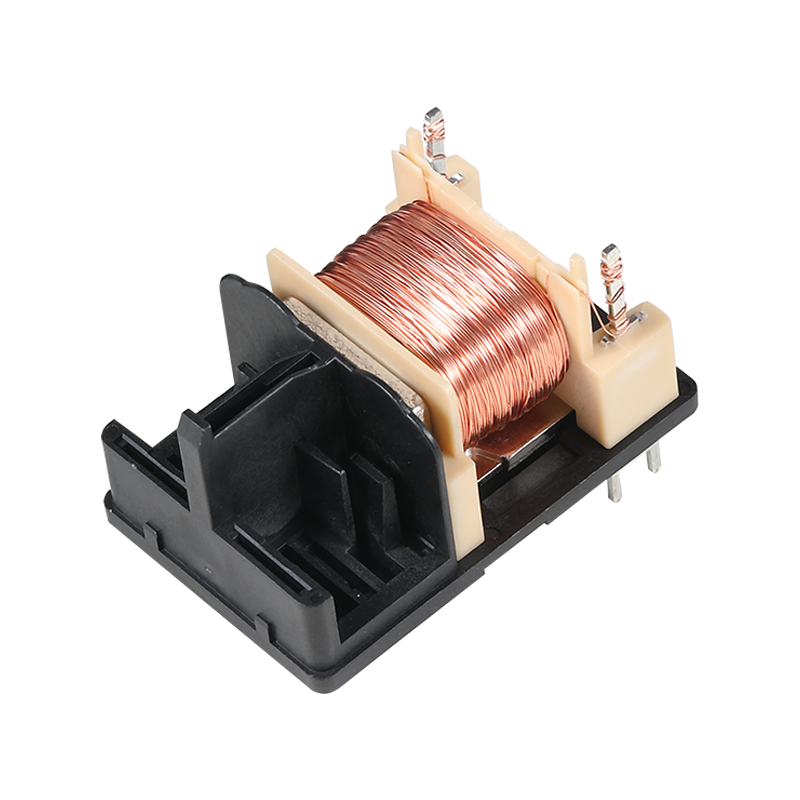
Circuit board electrical connectors are integral components in the world of electronics, facilitating the connection and communication between various electronic devices and systems.
Circuit board electrical connectors are critical components that enable the connection of electronic devices and systems. They facilitate the transfer of electrical signals and power between circuits, ensuring reliable communication and functionality. These connectors come in various types, including pin headers, socket connectors, and surface-mount devices, and are chosen based on factors like signal integrity, mechanical strength, and environmental resistance. They are essential for the assembly and operation of modern electronic devices.
Circuit board electrical connectors, also known as electronic circuit board connectors or electronic component connectors, are devices that establish a physical connection between two or more electronic circuits. They are essential for the transfer of electrical signals and power, enabling the functionality of a wide array of electronic devices.
Electrical connectors are essential interfaces in electronics that establish a physical connection between components, allowing the transfer of electrical signals or power. They come in a wide array of types, such as soldered, crimped, or snapped, and are designed for various applications, from simple consumer electronics to complex industrial systems. Key features include durability, reliability, and the ability to withstand environmental stress. Connectors are crucial for maintaining signal integrity and ensuring the efficient operation of electronic devices.
There are several types of circuit board electrical connectors, each designed for specific applications and requirements:
Pin and Socket Connectors are the more basic form of connectors, consisting of male pins and female sockets that align and make contact to establish an electrical connection.
Designed for surface-mount technology (SMT), Surface Mount Connectors are mounted directly onto the surface of the circuit board, saving space and reducing the overall size of the device.
Edge Connectors are found on the edge of a circuit board and are used to connect the board to other components or to external devices.
Engineered for high-speed data transmission, High-Speed Connectors are crucial in applications where data transfer rates are critical, such as in servers and high-performance computing.
Specifically designed to handle power supply connections, Power Connectors are robust and can manage high current loads.
Circuit board electrical connectors find applications in a multitude of industries and devices, including:
Consumer Electronics: Smartphones, laptops, and home appliances all rely on connectors for their operation.
Automotive Industry: Connectors are used in the complex electronic systems of modern vehicles, from engine management to infotainment systems.
Industrial Automation: In factories, connectors are essential for the seamless operation of robotic arms, sensors, and control systems.
Telecommunications: Connectors are vital in the infrastructure that supports internet and phone services, ensuring reliable data and voice transmission.
When selecting circuit board electrical connectors, several factors must be considered:
The connector must be capable of handling the required voltage and current without signal degradation.
Connectors must withstand repeated connections and disconnections without losing contact integrity.
Depending on the application, connectors may need to resist moisture, temperature bads, and other environmental factors.
The physical dimensions of the connector must fit within the design constraints of the device.
The cost of the connector must be in line with the budget of the project, without compromising on quality.
Circuit board electrical connectors are a critical component in the field of electronics, enabling the complex interconnections that drive modern technology.

 English
English 中文简体
中文简体 русский
русский









